Dealing with Skin Irritation on a Homestead
Protecting Your Skin on the Homestead: Identifying and Managing Irritating Plants
Living and working on a homestead often comes with the joy of being outdoors, surrounded by nature. However, there are instances when this idyllic experience can take a painful turn due to skin irritation caused by contact with certain plants. This article aims to shed light on ten common plants found on homesteads that have the potential to cause skin irritation, ranging from mild discomfort to severe blistering. Recognizing and managing these potential hazards is an essential skill for any homestead owner.
-
- Poison ivy is perhaps the most widely recognized and encountered irritating plant across the United States. It comprises three different species, all containing a skin-irritating chemical called urushiol.
- What makes poison ivy particularly vexing is that skin irritation may not appear until days or even a week after exposure, making it easy to overlook the initial cause.
- Identification: Poison ivy typically grows as a climbing vine or ground cover, losing its leaves in the fall but remaining irritating even without leaves.
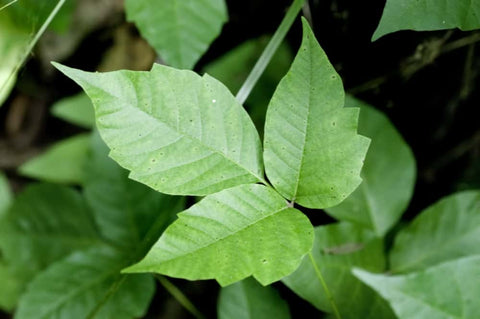
-
Poison Sumac:
- Poison sumac, another urushiol-containing plant, is commonly found in watery environments like ponds and wetlands. It thrives in heavy clay soil and can cause severe skin irritation.
- Identification: Recognizable by its red stems and clusters of up to 13 smooth green leaves, with light yellow flowers and dull gray berries.
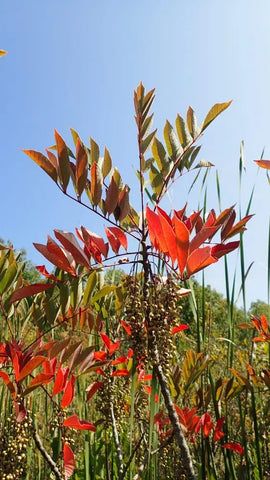
-
Poison Oak:
- Poison oak, the third member of the urushiol trio, thrives in dry areas and forests. Some individuals may not exhibit symptoms of exposure, making it crucial to identify and eliminate.
- Identification: Poison oak resembles English oak leaves, growing in clusters of three, with hairy flowers and berries.
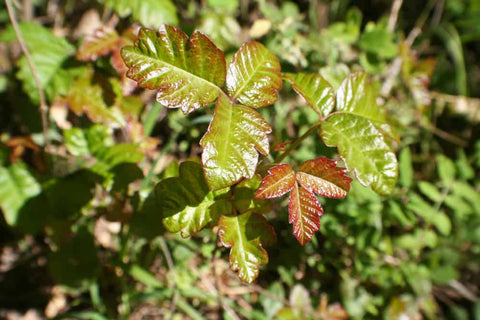
-
Wood Nettle:
- Wood nettle, common in shaded and moist areas, is known for its stinging hairs that can cause discomfort upon contact. It is often used in culinary dishes but should be handled with gloves.
- Identification: Grows in medium to large patches with tall stems covered in stinging hairs, serrated dark green leaves, and white flowers.
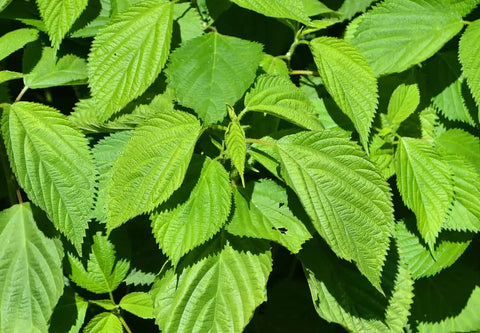
-
Leadwort:
- Leadwort, also known as plumbago, is a ground cover plant used in gardens. While visually appealing, it can cause skin irritation, redness, and blistering upon contact.
- Identification: Typically grows up to 10 inches tall, with green leaves turning red in the fall and gentian flowers in spring and summer.
-
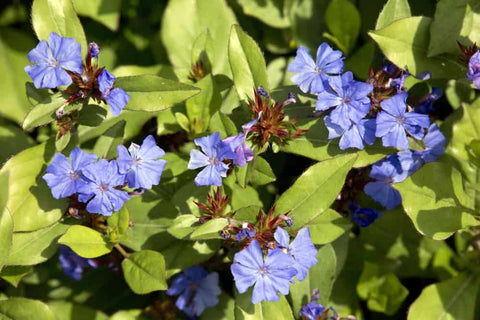
-
Giant Hogweed:
- Giant hogweed is an invasive noxious weed in North America that can cause severe skin injuries, including burns and scarring. Its sap can also lead to sensitivity to sunlight.
- Identification: Can reach 14 feet in height, with hard, hollow stems, large clusters of white flowers, and leaves resembling ferns.
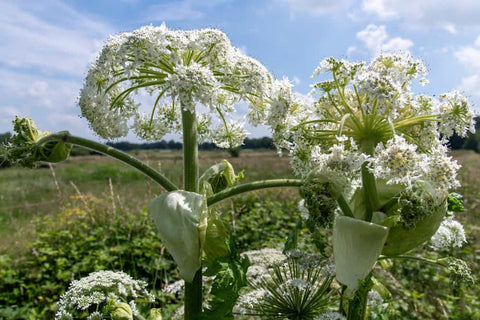
-
- Stinging nettle is known for causing immediate skin irritation, sometimes leading to hives or allergic reactions. It is often found in damp areas near streams or in wooded regions.
- Identification: Covered in tiny, hollow stinging hairs, it grows up to 5 feet tall with pointed leaves and toothed margins.
-
-
Ragweed:
- Ragweeds, responsible for hay fever symptoms, can also cause skin rashes in pollen-allergic individuals through contact or inhalation.
- Identification: Pollen-producing flowers at the top, fern-like leaves with fine hairs.
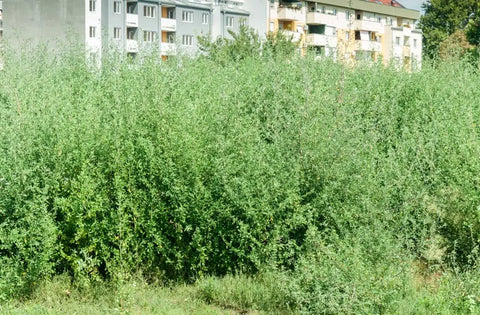
-
Gas Plant:
- Gas plant sap can lead to skin irritation and should be handled with care. While it has fragrant flowers, contact with the plant can result in a nasty rash.
- Identification: Grows up to 40 inches tall with purple or white flowers and leaves similar to ash tree leaves.
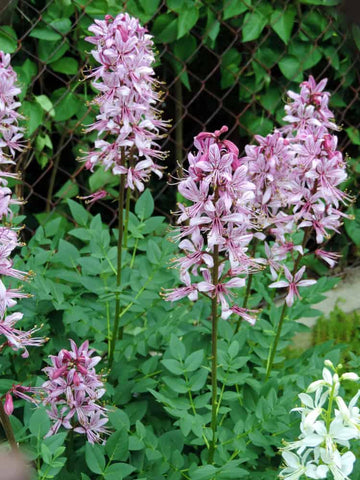
-
Wild Parsnip:
- Wild parsnip's sap, when exposed to sunlight, can cause intense burning and blistering of the skin. It can also lead to sun sensitivity for an extended period.
- Identification: Can grow up to six feet tall, with small yellow flowers and hollow stems, resembling Queen Anne’s Lace.
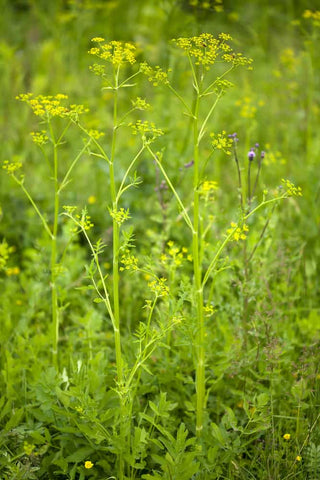
To protect yourself from these irritating plants, consider wearing protective clothing for your arms and legs, including safety glasses when necessary. Washing gardening clothes and having someone else handle these plants if you're particularly sensitive to them can also mitigate the risk of skin irritation.


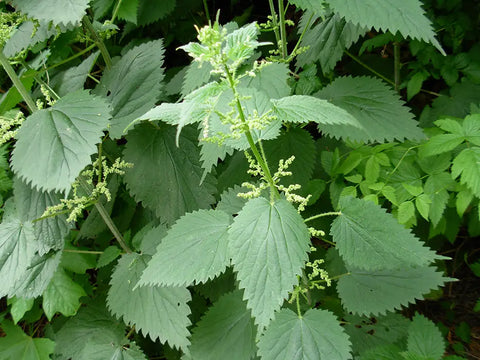



Leave a comment